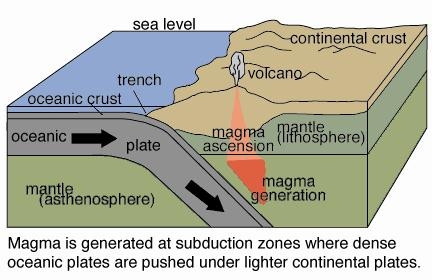Kimball's Granite Sphere & Xenoliths EarthCache
Kimball's Granite Sphere & Xenoliths
-
Difficulty:
-

-
Terrain:
-

Size:  (not chosen)
(not chosen)
Please note Use of geocaching.com services is subject to the terms and conditions
in our disclaimer.
Welcome to the Granite Sphere. This is a special monument to the Kimball Family. Benjamin Kimball operated the Kimball saw mills on the site of the present power house, while he and Alred Cutting conducted extensive "ways" and shipyards, being the builders of many steamboats. The Earth Cache is located in the Masonic Cemetery about a half-mile north of town, on the west side of Hwy 1/N St./North St.
XENOLITHS
Be Respectful of the Graves surrounding this earthcache. There is no need to walk on the graves to complete the following tasks. No caching from dusk to dawn.
Tasks
IN ORDER TO LOG THIS FIND YOU MUST:
A. Click on my profile and e-mail the answers for the following questions to me. Do not post your answers when you log in your find. Logs which do not meet the requirements to claim the find will be deleted.
1. Find the largest Xenolith you can see in the grante sphere.
a. Explain why the xenolithic rock is slightly different from the nearby metamorphic rock it came from.
b. Estimate its largest dimension (length and width).
2. Determine the weight of the Granite Sphere.
a. Measure the Diameter (width) of the sphere
b. Radius = Diameter divided by 2; R = D/2
c. Volume = 4/3*3.14*R3
d. Mass = Density * Volume
B. Optional, though greatly appreciated. Take and log a picture of you (and your group) with the sphere in the background. Please, NO up close pictures.

Geology
Granite is classified as igneous, arising from magma many miles below the surface. Granite formation begins when two tectonic plates collide. One plate will be pushed under the other creating a subduction zone. Rocks in the down-going plate are super-heated under extreme pressure, up to 1,600 degrees C, melting into magma which then rises upwards because it is hot and less dense than the surrounding material.

While the magma pushed its way up and while it remained molten in the magma chamber, pieces of the surrounding rock were likely ripped off walls or fell off the ceiling of the magma chamber. Many of these pieces probably melted before the magma cooled, however a few pieces did not melt completely and were encased in the granite when it cooled. These foreign pieces of rock are called xenoliths.
Xenoliths provide important information about the composition of the otherwise inaccessible mantle. The 2 most commontypes of xenolyths are peridotites and eclogites. Peridotite is the main constituent of the mantle beneath the crust and consists primarily of olivine (or peridot gem). Eclogite, consisting manily of garnet and green pyroxene, is formed by plate tectonics when basalt of the ocen crust founders into the mantle. Certain kinds of xenoliths contain DIAMONDS.



Left: Gabbroic xenolith in a granite.
Center: Peridotite (green) mantle xenolith within a (dark) volcanic bomb.
Right: Large and rather unusual xenolith of sandstone.
Additional Hints
(No hints available.)